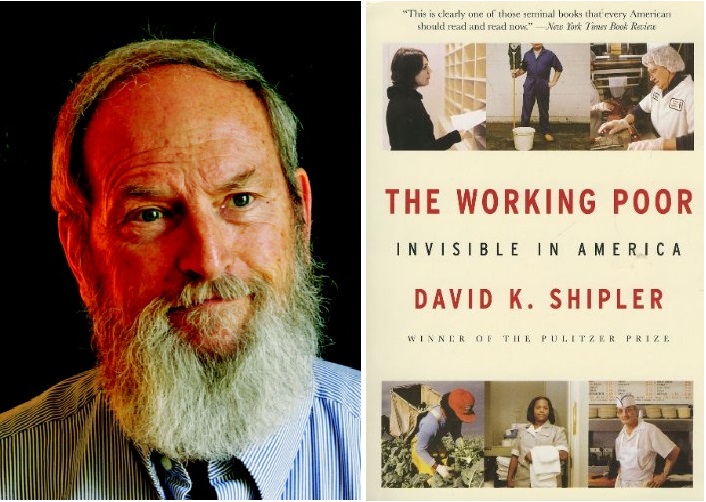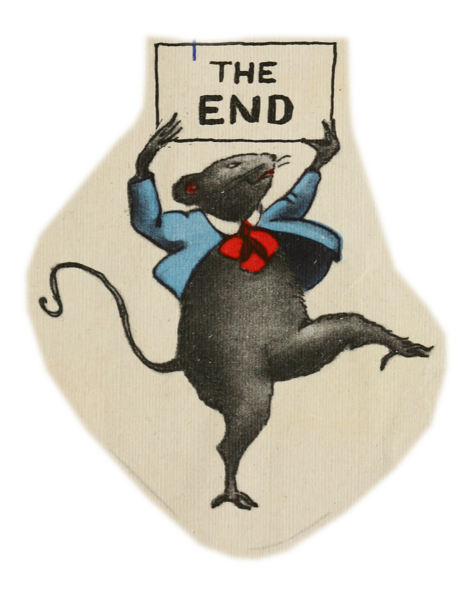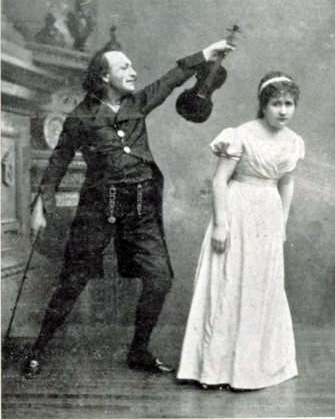This was my first time reading Phillips, and I was amazed that nobody had recommended him to me before; I’ll be reading the rest of his books in short order. Phillips is careful to particularize the experiences of different people/s (both the individual and, more to the point, the group), yet his use of collage reveals surprising affinities between the stories. “Affinities” is the best word I can think of to describe that effect, and these affinities are the reason you should read the book. There is no true link or likeness between the stories of Othello and of Eva, the concentration camp survivor whose story also bears an affinity to the life of Anne Frank, but there are unexpected affinities that result from juxtaposition, word choice, and the other intervening stories. It’s a subtle, artful effect.
Read Oct. 2007
Caryl Phillips. The Nature of Blood









